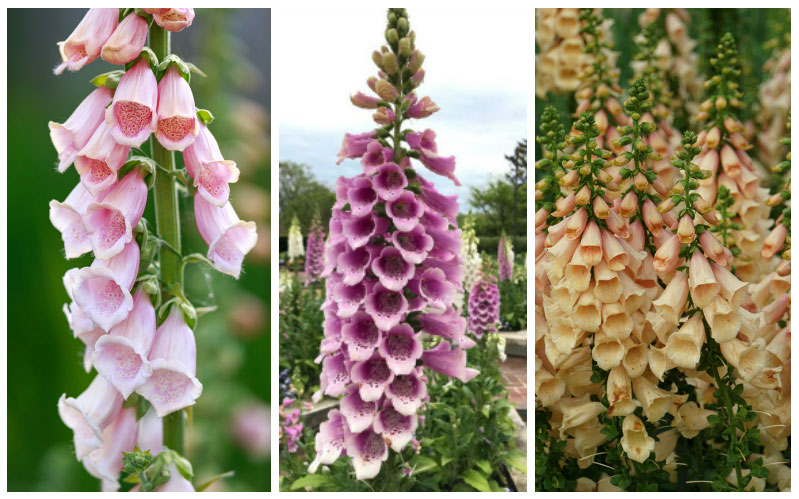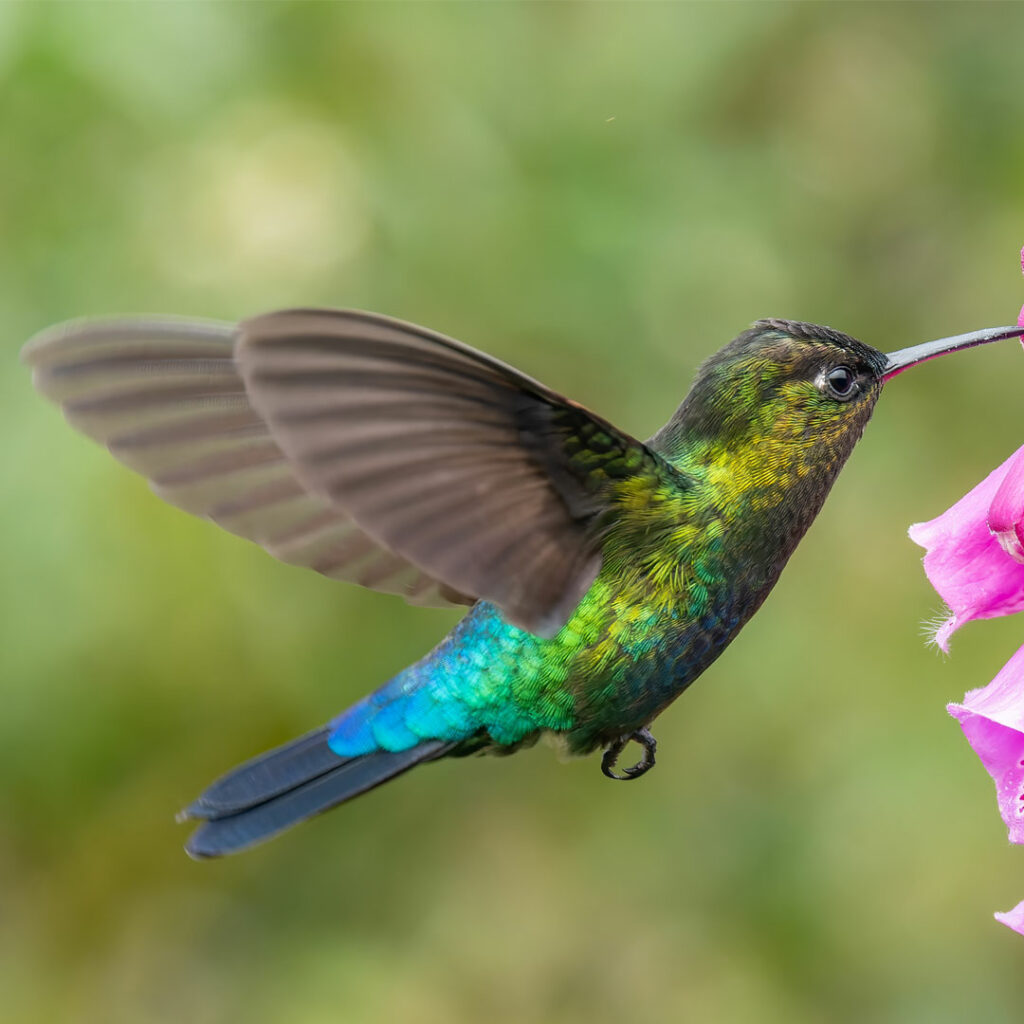
The first time that I saw foxglove (Digitalis) in a garden was when I was studying abroad. My life in London was definitely a cultural change, but one of the aspects that I loved so much during my time there was the foxglove garden that was located outside of my window. The gorgeous pink and purple blooming stalks were nearly five feet tall, and they attracted hummingbirds to my window on a daily basis. These plants are biennials, which mean that you will not see blooms until the second year. The plant is also used in the production of some heart medication, so it is actually more than a pretty flower to plant in your garden.
Let’s explore a few tips that will help you properly grow foxglove in your garden.
10 Tips on How to Grow Foxglove
1. Foxglove does best in a shady area of the garden, so it is best to make sure that you plant them in areas where full sun is not common. If you live in an area of the country where the temperature is a bit cooler throughout the year, full sun is an option, but in most situations, partial sun is the optimal choice.
2. The soil that you plant the foxglove in needs to be slightly acidic to create the proper growing conditions. Utilizing fertilizer on these plants once a month is ideal to maintain the type of soil that you need to encourage growth in the plant.
3. Make sure that the soil that you use is a well-drained type of soil. Foxglove does not require a lot of excess water, but it will need to be watered regularly, especially during times of the year when rainfall is minimized.
4. As I already mentioned, this plant needs to retain moisture to grow, but cold winter winds can cause the moisture in the plant to evaporate. A great way to protect the plant from the harsh winters can easily be done by applying a layer of mulch to the plant. This will add a layer of protection that is about five inches deep.
5. When you see a small plant, it is common to want to plant them close together in your garden, but foxglove cannot be planted close together because it is a plant that grows quickly. The plants should be placed in the soil about 18 inches apart, and when self-seeding occurs, it is best to separate the plants when they begin to overwhelm each other.
6. These plants tend to have very long stalks; in fact, a foxglove is known to grow up to about six feet tall. The issue with having such long stalks on your plants is that they can easily break and bend in the wind. If you are going to plant foxglove in your garden, make sure to stabilize the stalk and support their weight.
7. Slugs and snails like to eat foxglove, so to have a thriving plant, it is imperative that you prevent these animals from getting to the plants, especially the young foxglove. If they are able to eat the foliage of the plant, they will damage the plant and stunt the growth of it as well.
8. You always want to encourage new blooms on a foxglove, so when the bloom begins to die, make sure to cut the spike from the stalk. The blooming season for this plant is during the spring and the early summer of the year, so if you are looking to create a bloom-filled plant, pinch the bloom back before the blooming season is over.
9. When a plant dies, you can actually leave the plant on the ground to rest. The plant most likely has a number of seeds in it, so it will effectively seed itself. You can also take the seeds out of the dead plant and sprinkle them across the ground if you prefer.
10. If a foxglove grows in a crowded space, you can always transplant it to give it more space to grow. The transplanting should be done in the spring, and when you do transplant the foxglove, make sure that children and pets are not nearby because the plant is poisonous.







